Stress, anxiety, and the relentless demands of daily life can leave us feeling disconnected and overwhelmed. However, a growing body of research suggests that the key to unlocking a more harmonious existence might lie within the intricate relationship between our heart and brain. This concept, known as heart-brain coherence, offers a powerful tool for cultivating inner peace and balance.
What is Heart-Brain Coherence?
Heart-brain coherence refers to a state where the heart and brain operate in a synchronous and harmonious manner. This synchronization is not just a poetic metaphor but a scientifically measurable phenomenon. When the heart’s rhythm becomes coherent, it sends signals to the brain that foster emotional stability, mental clarity, and overall well-being.
The heart is not merely a pump; it is a sophisticated sensory organ capable of communicating with the brain and the rest of the body. It generates a powerful electromagnetic field, much larger than that produced by the brain, and sends constant signals to the brain via the vagus nerve. These signals influence our emotions, perceptions, and cognitive functions.
The Science Behind Heart-Brain Coherence
Research conducted by the HeartMath Institute and other organizations has shown that achieving heart-brain coherence can lead to numerous benefits:
- Reduced Stress and Anxiety: Coherent heart rhythms help to activate the parasympathetic nervous system, which counteracts the stress response and promotes relaxation.
- Improved Cognitive Function: Coherence enhances cognitive functions such as attention, memory, and problem-solving skills by fostering better brainwave patterns.
- Emotional Regulation: A coherent heart state helps in managing emotions more effectively, reducing instances of negative emotional states like anger, frustration, and sadness.
- Enhanced Immune Function: Studies suggest that heart-brain coherence can positively affect the immune system, making the body more resilient to illnesses.
Techniques to Achieve Heart-Brain Coherence
Cultivating heart-brain coherence requires practice and conscious effort. Here are some techniques that can help you achieve this state:
1. Heart-Focused Breathing
One of the simplest and most effective ways to induce heart-brain coherence is through heart-focused breathing. Here’s how to do it:
- Find a quiet place where you can sit comfortably.
- Close your eyes and take a few deep breaths to relax.
- Shift your focus to your heart area.
- Imagine your breath flowing in and out of your heart.
- Breathe slowly and deeply, maintaining a steady rhythm.
2. Practice Gratitude
Gratitude has a profound effect on heart coherence. Regularly reflecting on things you are thankful for can shift your emotional state and promote coherence. Take a few moments each day to focus on feelings of appreciation and gratitude.
3. Meditation and Mindfulness
Meditation and mindfulness practices are excellent ways to foster heart-brain coherence. Techniques such as guided meditation, body scans, and mindful breathing can help you tune into your body’s signals and cultivate a state of inner harmony.
4. Positive Emotion Refocusing
Whenever you feel stressed or overwhelmed, try to refocus on a positive emotion. Recall a memory or an experience that brings you joy or peace. This can help shift your heart rhythm to a more coherent state, which in turn calms the mind.
Integrating Heart-Brain Coherence into Daily Life
Achieving heart-brain coherence is not just about practicing specific techniques; it’s about integrating these practices into your daily life. Here are some tips for making coherence a part of your routine:
- Start Your Day with Intention: Spend a few minutes each morning practicing heart-focused breathing or gratitude to set a positive tone for the day.
- Take Coherence Breaks: Throughout your day, take short breaks to check in with your heart and mind. A few minutes of heart-focused breathing can help maintain balance and reduce stress.
- Cultivate Emotional Awareness: Pay attention to your emotions and how they affect your heart rhythm. Developing emotional awareness can help you manage your responses and maintain coherence.
- Create a Peaceful Environment: Surround yourself with people, places, and activities that promote peace and positivity. A supportive environment can enhance your ability to achieve and sustain heart-brain coherence.
Heart-brain coherence offers a pathway to inner peace and balance, grounded in the connection between our heart and mind. By incorporating simple practices like heart-focused breathing, gratitude, and mindfulness into our daily lives, we can cultivate a more coherent and harmonious state of being. This not only enhances our emotional and mental well-being but also fosters a deeper sense of inner peace, helping us navigate the challenges of life with greater ease and resilience.

